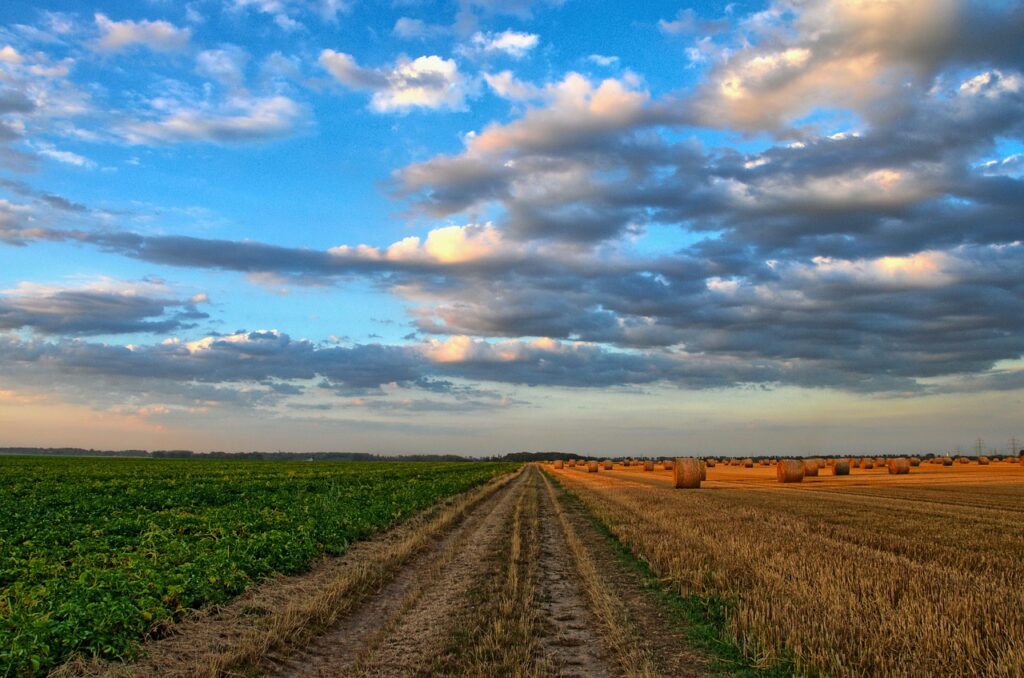What is Flexible Leadership Being flexible is the capability of readily changing (Merriam-Webster, n.d.)1. In…
Top Trends in Agriculture
*Image Source: Pixabay
Agriculture is an important industry that global leaders need to keep watch of. Here are some noteworthy trends that are shaping this industry in 2017.
Agriculture is automated.
Farming has shifted to an industry filled with high technology. Farmers are now using GPS software products and tractors that have telematics. Farmers are empowered to manage their farming business by improving fields and profitability.
As global population increases, the demand for food also increases. Farmers are now equipped with agricultural robotics that includes ground-based sensors, autonomous tractors, and flying drones that make farming at a lower cost and more sustainable. WinterGreen Research, a US firm, predicts that this agricultural industry will be worth $16.3 bn in 2020.
An automated agriculture improves efficiency and farmers are enabled control their production costs. If they have better management of capital, they can increase their income.
Automation in agriculture has resulted in a shortage in skills.
An automated farming technology is a great enhancement in the field of agriculture. However, trained technicians are low in numbers as these technologies require a specific set of skills. The agricultural workforce is facing a shortage as fewer young people are pursuing a degree related to agriculture. The average age of a British farm holder is now 59 years old. With this shortage, countries are recruiting skilled migrant and foreign workers to fill this huge gap in the agricultural industry.
There is no complete autonomy in these technological advancements in robotics and farming automation. These tools do not mean that they will replace human labor. These are meant to enhance the whole process in agriculture. It is important that farms and businesses in the field of agriculture must attract young and vibrant agriculturists that will continue in the field of food production.
Agriculture faces a huge demand for food globally and must be sustainable.
As the population of the world increases rapidly, the need to supply sufficient food also increases. The United Nations reports that the 7.3 bn people of this plane will increase to 9.7 bn by 2050. This huge demand for food will pressure farmers to produce more crops. Thus, farms all around the world have to be more efficient in terms of land use and choice of machinery. Farmers must reduce their use of fossil fuels in order to decrease agricultural greenhouse gas emissions.
Farmers around the world have to produce more with less. There must be a double approach that combines investment and social protection. Farmers must have pro-poor investments in order to increase the opportunities of the poor in earning income.
Furthermore, farmers also have to cope with issues like climate change and water scarcity.
Conclusion
Agriculture has trends that are paired with challenges this 2017. Reality shows that there is no balance in food supply and demand. In order to obtain a sustainable global food balance, governments and business must work hand-in-hand to increase food production, improve efficiency, and recruit more skilled agricultural specialists.




